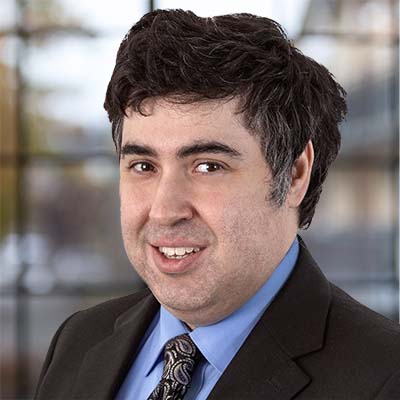Liability For Trimming Encroaching Trees Back to the Property Line
One of the most common issues that arises in disputes between neighbors are those involving trees. I previously wrote an article here regarding a property owner’s right to trim back both encroaching trees that physically stand entirely on another owner’s property, and boundary trees that stand on both properties at issue.
When a tree that stands entirely on the neighboring property owner’s land (i.e. not a boundary tree) encroaches on a landowner’s property, typically through branches and/or roots, the general rule is that the landowner suffering the encroachment can trim back the tree branches and the roots to the property line. The landowner cannot, however, cross over the boundary line to trim the tree back further. This could constitute a timber trespass and potentially expose the acting party to treble (triple) damages and attorney’s fees.
A question that arises regularly is whether cutting back encroaching trees will result in liability on the party engaged in the removal. Numerous online resources indicate that the party trimming the tree back must not damage the tree, or else that party risks liability and damages for doing so – even if they do not cross over the boundary line. However, Washington State case law from 2016 has cast doubt on this apparently common wisdom, as shown in the case of Mustoe v. Ma, 193 Wn. App. 161, 371 P.3d 544 (2016).
In Mustoe v. Ma, the Plaintiff had two trees with a large portion of roots encroaching onto the Defendants’ property. The Defendants removed the portions that encroached, leaving the tree with fewer than half of its roots, and exposing it to southerly winds with no support, causing it to pose a high risk of falling onto the Plaintiff’s home. The Plaintiff sued for almost $20,000 in damages, alleging negligence and nuisance, among other claims. Both parties cited to Gostina v. Ryland, which holds that an adjoining owner has the right to self-help, essentially to “clip or lop off the branches or cut the roots at the [property line]”, but that this self-help does not allow removing the tree itself. 116 Wash. 228, 233, 199 P. 298 (1921).
The Plaintiff argued that with the right of self-help comes a duty of care to prevent damage to the trees themselves, and a duty of good faith and to act reasonably to not cause damage. Based on these duties of care, good faith, and to act reasonably, the Plaintiff alleged that Defendants acted negligently, breaching the duties, and causing damages to the Plaintiff. Plaintiff effectively argued a broader legal duty to fellow citizens not to use one’s own property to the injury of others, citing the “common enemy doctrine” which allows landowners to dispose of unwanted surface water subject to a due care standard that requires them to act in good faith and avoid causing unnecessary damage.
The court disagreed with the Plaintiff and found the analogy inapplicable. It indicated that surface water is an indiscriminate force of nature that can affect any landowner. Tree roots and branches that grow beyond a property boundary, on the other hand, are just an encroachment on the land of another. The court went on to state that the right to cut encroaching branches and roots without regard to the impact on the encroaching trees was consistent with the general rule in Washington State. Finding no duty of care upon which a claim of negligence could be pursued, the court dismissed both the negligence and nuisance claims.
In other words, the conventional wisdom that an owner trimming back tree branches and roots bears a duty not to damage the encroaching tree may be misleading. Having said that, for practical purposes, an owner engaged in this conduct should exercise care to avoid legal issues, and indeed, there may be specific circumstances where liability still exists. Nonetheless, legal authority exists to protect owners engaged in self-help, even if that self-help damages the tree at issue, so long as their acts remain within the bounds of their property. Ultimately, these matters must be assessed on a case-by-case basis, as the facts matter.
The analysis provided here is not meant to be taken as legal advice. Instead, boundary issues and tree issues are complex, and if you find yourself in a situation where you need assistance, consulting with legal counsel about your specific circumstances can be critical to understanding your property rights and responsibilities. The attorneys at Beresford Booth have extensive experience with real property and boundary issues. If you have any questions regarding easements that affect your rights, please do not hesitate to contact us at info@beresfordlaw.com or by phone at (425) 776-4100.
